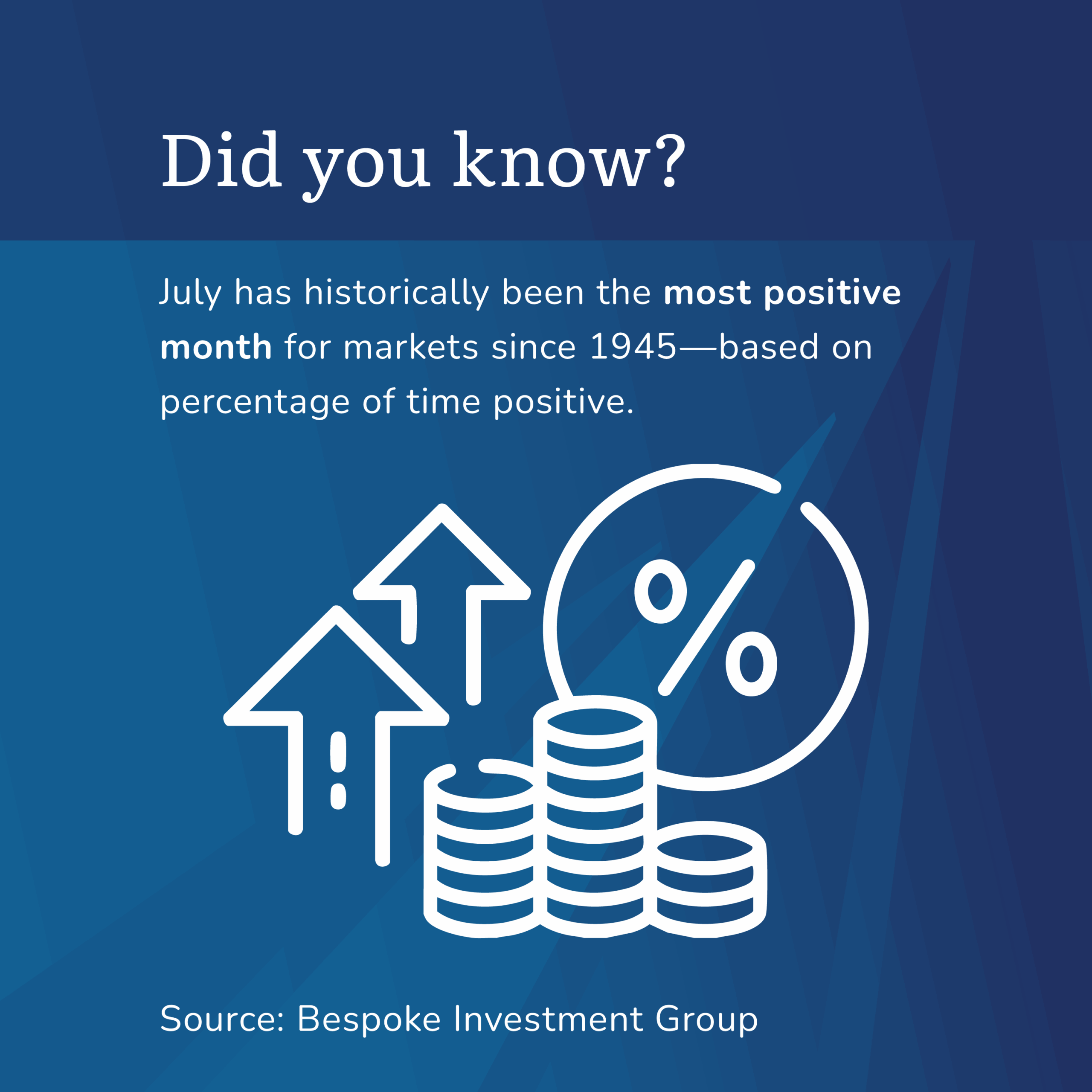What You Need to Know About Medicare: Medigap
Medigap is a “supplemental insurance” policy that is sold and administered by a private company meant to fill the gaps in the coverage provided by Part A and Part B. Most plans will help with Medicare co-payments and with paying for some care not otherwise covered by Medicare.
Usually, if you decide to drop Medigap you will not be able to get the same policy again.
You can directly compare Medigap plans by going to medicare.gov.
Remember the following when considering a Medigap plan:
- Be sure to buy your chosen Medigap plan within six months of getting Medicare Part B. Enrolling during the six-month open enrollment period will mean you are guaranteed to get the policy you want; otherwise the company can charge you more for the same coverage or can turn you down for coverage altogether.
- Make sure to keep your existing insurance coverage until your Medigap policy is in place to make sure you are not excluded from treatment or charged more for any preexisting conditions. If you do not sign up for coverage during the open enrollment period and have not had six months of medical insurance without a 63-day lapse immediately before enrollment, you can be charged more if you have preexisting health problems or they can exclude preexisting condition coverage for up to six months.
- Medigap plans are labeled A through N and offer varying levels of coverage. Each of the letters stands for a standardized plan so you know that you are getting the same coverage with one company’s plan G as you will get with another company’s plan G. (The types of coverage offered by each plan are detailed in a table at http://www.medicare.gov/supplement-other-insurance/compare-medigap/compare-medigap.html). This does not mean that you will pay the same premium with both companies or that the customer experience will be the same, so be sure to compare insurance providers. The cost will also vary depending on your location and age.
- In 2020, Medicare was no longer allowed to cover the Part B deductible, thus, Medigap Plan F and Plan C have been phased out. If you are enrolled in either of these plans, you will be grandfathered in, however, premiums will be subject to increases. Once prices increase, you may want to revisit your plan. Changes can be made during the open enrollment period between October 15th and December 7th every year. Medigap plans C and F are not available to people who were newly eligible for Medicare on or after January 1, 2020.
Sources:
- “When Can I Buy Medigap?” www.medicare.gov, www.medicare.gov/supplement-other-insurance/when-can-i-buy-medigap/when-can-i-buy-medigap.html.
- “When Can I Buy Medigap?” www.medicare.gov, www.medicare.gov/supplement-other-insurance/when-can-i-buy-medigap/when-can-i-buy-medigap.html. Under “I have a pre-existing condition.”
Categories
Recent Insights
-

How Microsoft Teams Can Transform Your RIA Firm’s Efficiency and Compliance
In the competitive world of registered investment advisory (RIA) firms, effective communication and collaboration are key to delivering exceptional client service and maintaining regulatory compliance. Before the pandemic, in-person collaboration was the norm at our firm, but with the transition to a fully remote office, we needed a secure internal communication platform. Today, as many…
-

One Big Beautiful Bill: How Trump’s Tax Overhaul Impacts American Families and Businesses
On July 4th, 2025, President Donald Trump signed into law the “One Big Beautiful Bill Act,” a sweeping piece of legislation that reshapes the American tax landscape and introduces a range of economic, social, and regulatory reforms. Below is an examination of the bill’s key provisions. Key Provisions of the “Big Beautiful Bill” 1. Permanent Extension and Expansion…
-

Talk Your Chart | From Saunas to Stock Surges: Market Recoveries, Margin Resilience & Rate Watch | Episode 69
In Episode 69 of Talk Your Chart, Brett and Marcos unpack the surprising speed of the recent market recovery, debate the timing vs. time-in-market mindset, explore political biases in investing, and analyze how corporate margins and U.S. debt are shaping investor decisions in 2025. Charts available for download here.
-

Smart Money Moves for Teens: The Best Financial Literacy Apps
Why Financial Literacy for Teens Matters Let’s face it—teaching teens about money can be tricky. But thanks to an ever-growing list of financial literacy apps, it’s never been easier (or more engaging) to help kids build healthy money habits. I recently spoke with two clients who’ve been using the Greenlight app to help their children…
-

Rebuilding Financial Confidence After Divorce: Managing Risk & Moving Forward
Divorce is not just an emotional transition—it’s a financial one, too. The process of separating assets, redefining financial goals, and adjusting to a new financial reality can feel overwhelming. But with the right mindset and strategies, you can regain control and build a future that aligns with your new chapter in life. Understanding Financial Risk…
